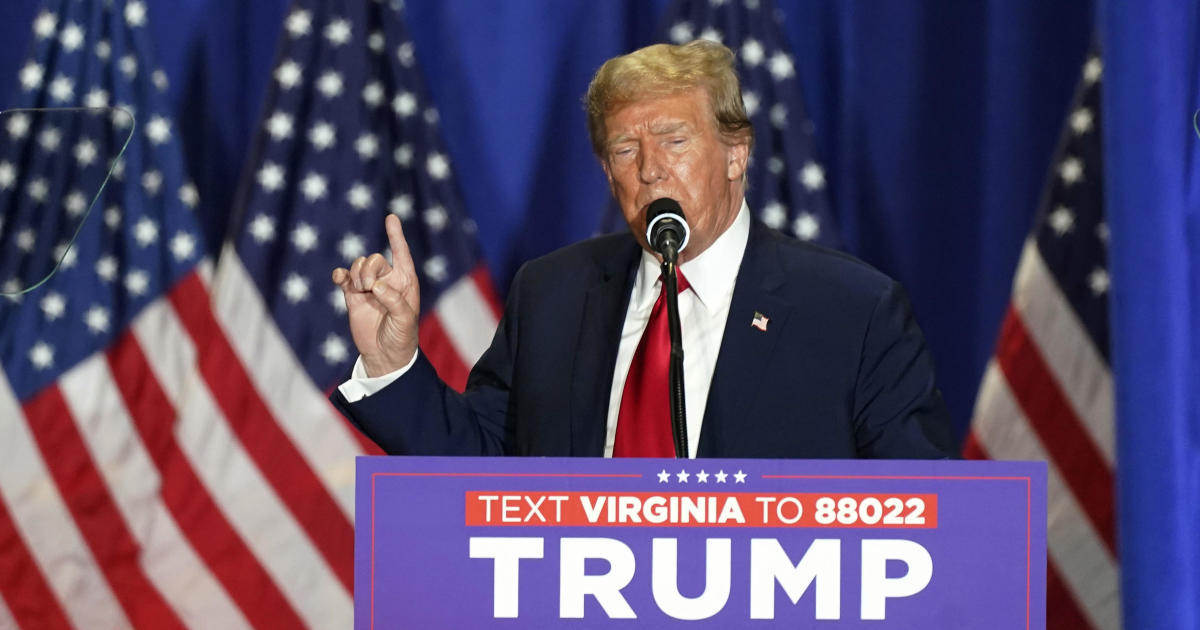Will the Federal Reserve raise interest rates again this week? Here's what to expect.
Many Americans are feeling the pinch of sharply higher interest rates, the result of nine consecutive rate hikes from the Federal Reserve since March 2022, which has made everything from mortgages to credit card debt more expensive.
Now, as the Federal Reserve meets on Wednesday to discuss its next move, economists, investors and consumers are pondering whether more rate hikes are in store, or whether the central bank could say that it is finished — at least for now — with additional increases.
Here's what the experts say.
What's happening this week
On Wednesday, the Federal Reserve is expected to raise its benchmark interest rate for the 10th consecutive hike since March 2022 as part of its campaign to temper the hottest inflation in four decades.
The central bank is expected to boost its benchmark rate to a range between 5% and 5.25%, reflecting an increase 0.25 percentage points, according to economists polled by financial data company FactSet.
That would reflect a 16-year high, as well as a rate that would be a full five percentage points higher than in March 2022.
Fed interest rate hike chart
In dollar terms, every 0.25 percentage-point increase in the Fed's benchmark interest rate translates to an extra $25 a year in interest on $10,000 in debt.
The Fed's target range in March 2022, when it kicked off its regime of rate hikes, was 0.25 - 0.5 percentage points. If the central bank pushes its target rate to between 5% to 5.25%, borrowers would be paying as much as $500 more in interest each year for every $10,000 in debt.
Have the rate hikes impacted the economy?
Yes, because they've made it more expensive to borrow money. Mortgages, auto loans and credit cards have boosted rates in response to the Fed's higher benchmark rate. The jump in mortgage rates has put a damper on home buying, pricing some house hunters out of the market.
The surprisingly resilient job market, which has kept the unemployment rate near 50-year lows for months, is now showing some cracks. Hiring has decelerated, job postings have declined and fewer people are quitting their jobs for other, typically higher-paying positions.
Higher interest rates have also impacted the banking industry. Silicon Valley Bank and First Republic failed after skittish depositors pulled money on concerns about the banks' balance sheets. In SVB's case, that was partly because higher interest rates caused the bank's investments to decline in value, leading to losses and sparking fears about its stability among depositors.
How does raising interest rates help inflation?
Higher interest rates are the Federal Reserve's most potent tool for battling inflation chiefly because they make it more expensive to borrow money, acting as a drag on economic activity such as buying new homes, cars or expanding a business.
When spending cools, there's less stimulus to push prices higher, which can help tame inflationary pressures.
So far, economists say there's evidence that the Federal Reserve's rate hikes are having an impact on inflation, which has dropped from an annual rate of 9.1% in June 2022 — a 40 year high — to 5% in March.
Will the Fed take a breather?
That's the big question on economists' minds, especially as there are ongoing signs of weakness in the banking sector, which is especially sensitive to interest rate hikes.
For instance, First Republic Bank was wobbling for weeks before it was seized early Monday by regulators, who then accepted a bid from banking giant JPMorgan Chase for almost all of its assets. First Republic had been weakened by massive deposit outflows over concerns about its financial strength.
In the wake of First Republic's collapse, there are worries about a "contagion" effect, with growing fears about the strength of smaller banks that have heavy exposure to uninsured deposits, which makes them more vulnerable to bank runs.
At the same time, inflation remains far above the Federal Reserve's target of 2%. With those conflicting trends, investors and economists are eagerly awaiting the Fed's Federal Open Market Committee [FOMC] comments on Wednesday to glean what might be coming next for interest rates.
"Beyond May, we expect the FOMC to hold rates steady for the rest of the year, though several paths are possible, with much depending on how severely the bank stress affects the economy," noted Goldman Sachs economist David Mericle in a research report.
But some experts aren't as sure that the Fed will ease up, especially as inflation remains higher than the central bank would like. Even if the Fed signals a pause in rate hikes, it still might not cut rates in 2023, some experts say.
"The Fed will be highly data dependent. They want to maintain financial stability, while tightening financial conditions to bring down inflation," noted Joe Davis, Vanguard chief global economist, in an emailed note. "More important than the terminal rate is our view that the Fed will not cut in 2023."
The Associated Press contributed to this report.



